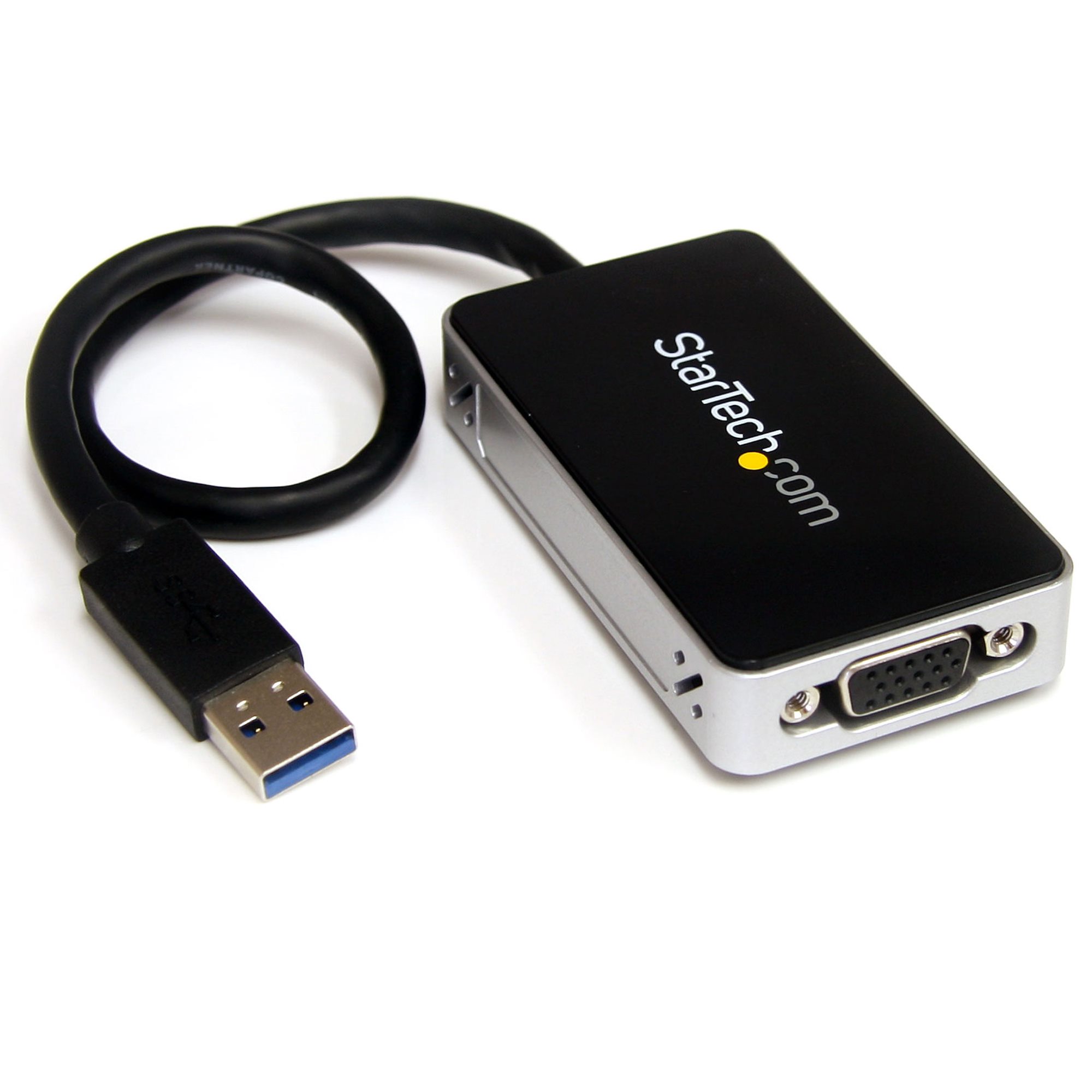Trigger 6 External graphics Driver: A Deep Dive
The world of external graphics processing units (eGPUs) has revolutionized how we approach graphics-intensive tasks, particularly for laptops and other devices with limited built-in graphics capabilities. eGPUs offer a significant performance boost for gaming, video editing, 3D rendering, and other demanding applications. At the heart of this technology lies the external graphics driver, a crucial piece of software that facilitates communication between the eGPU and the host system. This article delves into the intricacies of Trigger 6 external graphics drivers, exploring their functionality, benefits, challenges, and future prospects.
Understanding eGPUs and Their Need for Drivers
Before diving into the specifics of Trigger 6 drivers, it’s essential to understand the fundamental concept of eGPUs and why they require specialized drivers. An eGPU essentially houses a desktop-grade graphics card in an external enclosure, connected to a computer via a high-speed interface like Thunderbolt. This allows users to leverage the power of a dedicated graphics card without needing to build a full-fledged desktop PC.

However, simply plugging in an eGPU isn’t enough. The host computer needs a way to understand and utilize the external graphics card. This is where the driver comes in. The driver acts as a translator, allowing the operating system and applications to communicate with the eGPU’s hardware. It handles tasks like:
Device Recognition: Identifying and initializing the eGPU hardware.
The Role of Trigger 6 Drivers
Trigger 6 refers to a specific generation or family of eGPU enclosures and their associated drivers. These drivers are designed to work seamlessly with Trigger 6 compatible hardware, providing a robust and efficient interface for external graphics processing. They often incorporate specific optimizations and features tailored to the Trigger 6 hardware, such as:

Thunderbolt Optimization: Leveraging the full bandwidth of Thunderbolt connections for high-speed data transfer.
Benefits of Using Trigger 6 Drivers
Using the correct and up-to-date Trigger 6 driver offers several key advantages:
Improved Performance: Optimized drivers can significantly boost the performance of the eGPU, leading to smoother frame rates in games, faster rendering times in creative applications, and an overall more responsive experience.
Challenges and Considerations
While eGPUs and their drivers offer significant benefits, there are also some challenges and considerations to keep in mind:
Driver Compatibility: Ensuring compatibility between the driver, the eGPU hardware, the host operating system, and the specific application can sometimes be complex. Issues can arise from outdated drivers, conflicting software, or hardware limitations.
Installing and Updating Trigger 6 Drivers
Installing and updating Trigger 6 drivers is typically a straightforward process:
1. Identify the eGPU Model: Determine the exact model of your Trigger 6 eGPU enclosure.
2. Visit the Manufacturer’s Website: Go to the website of the eGPU enclosure manufacturer (e.g., Razer, Asus, Gigabyte).
3. Download the Latest Driver: Locate and download the latest driver for your specific eGPU model and operating system.
4. Install the Driver: Run the downloaded driver installer and follow the on-screen instructions.
5. Restart the System: After the installation is complete, restart your computer for the changes to take effect.
It’s crucial to keep your Trigger 6 drivers up to date to ensure optimal performance, stability, and compatibility. Manufacturers regularly release new drivers to address bugs, improve performance, and add support for new hardware and software.
Future of Trigger 6 and eGPU Drivers
The future of Trigger 6 and eGPU drivers looks promising, with ongoing advancements in hardware and software technologies. Some key trends include:
Improved Performance: Newer generations of eGPUs and drivers will continue to offer significant performance improvements, closing the gap between external and internal graphics.
Conclusion
Trigger 6 external graphics drivers are essential for unlocking the power of eGPUs, enabling users to enjoy desktop-level graphics performance on laptops and other portable devices. While there are some challenges to consider, the benefits of using eGPUs and their associated drivers are undeniable, particularly for graphics-intensive tasks. As technology continues to evolve, we can expect further improvements in performance, compatibility, and features, making eGPUs an increasingly attractive option for gamers, content creators, and professionals alike. Keeping your drivers updated is paramount for a smooth and optimal experience. By understanding the role of Trigger 6 drivers and staying informed about the latest developments, users can maximize the potential of their eGPU setups and enjoy a significantly enhanced computing experience.
trigger 6 external graphics driver
